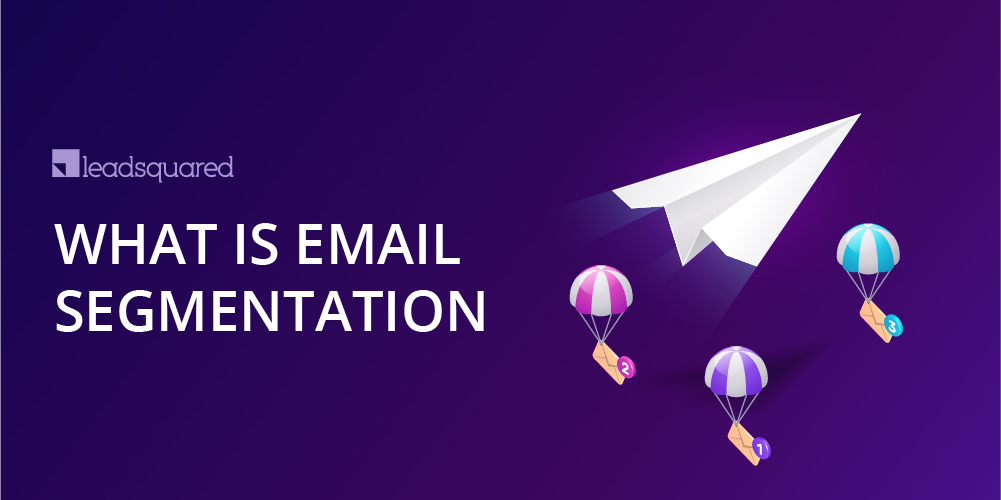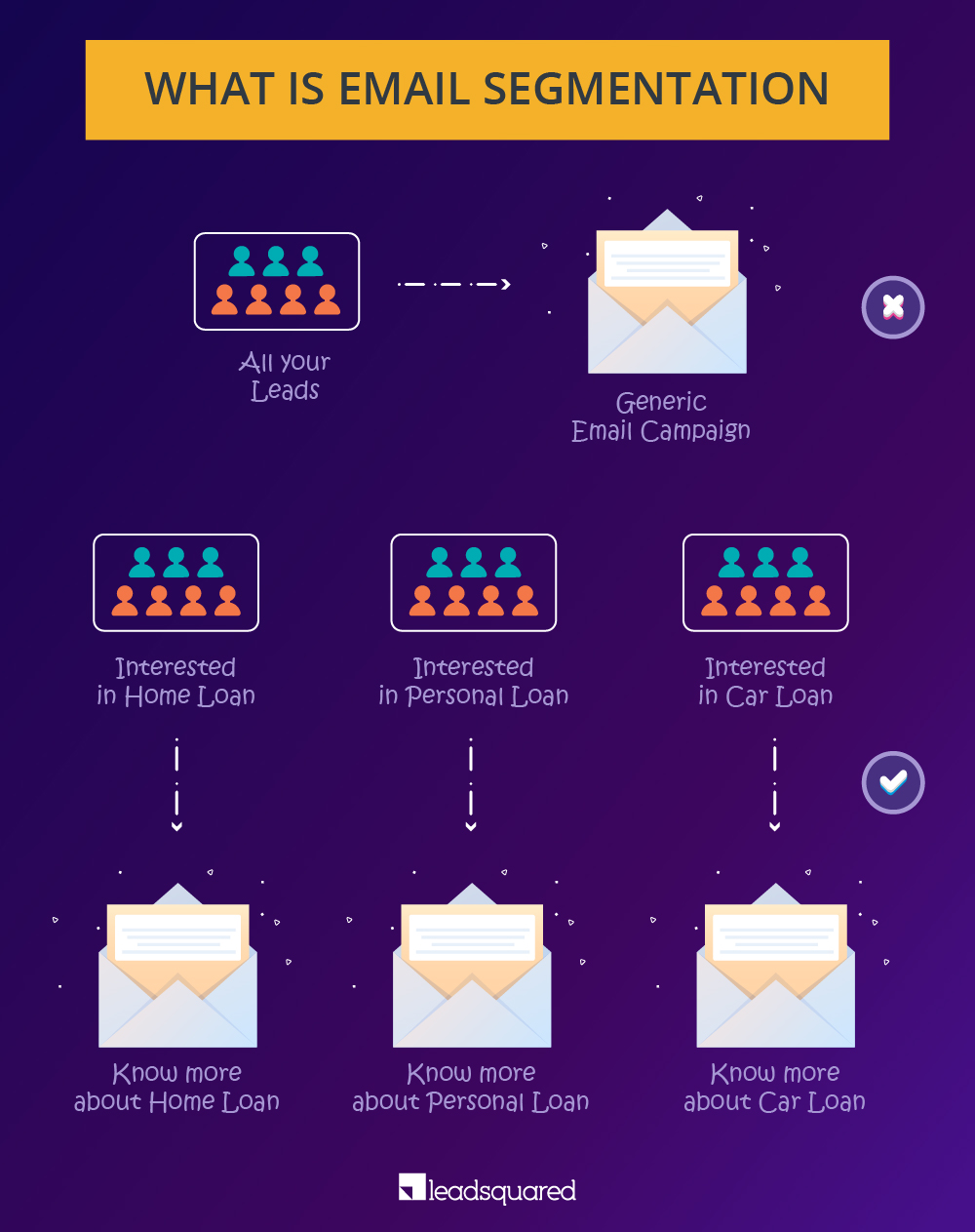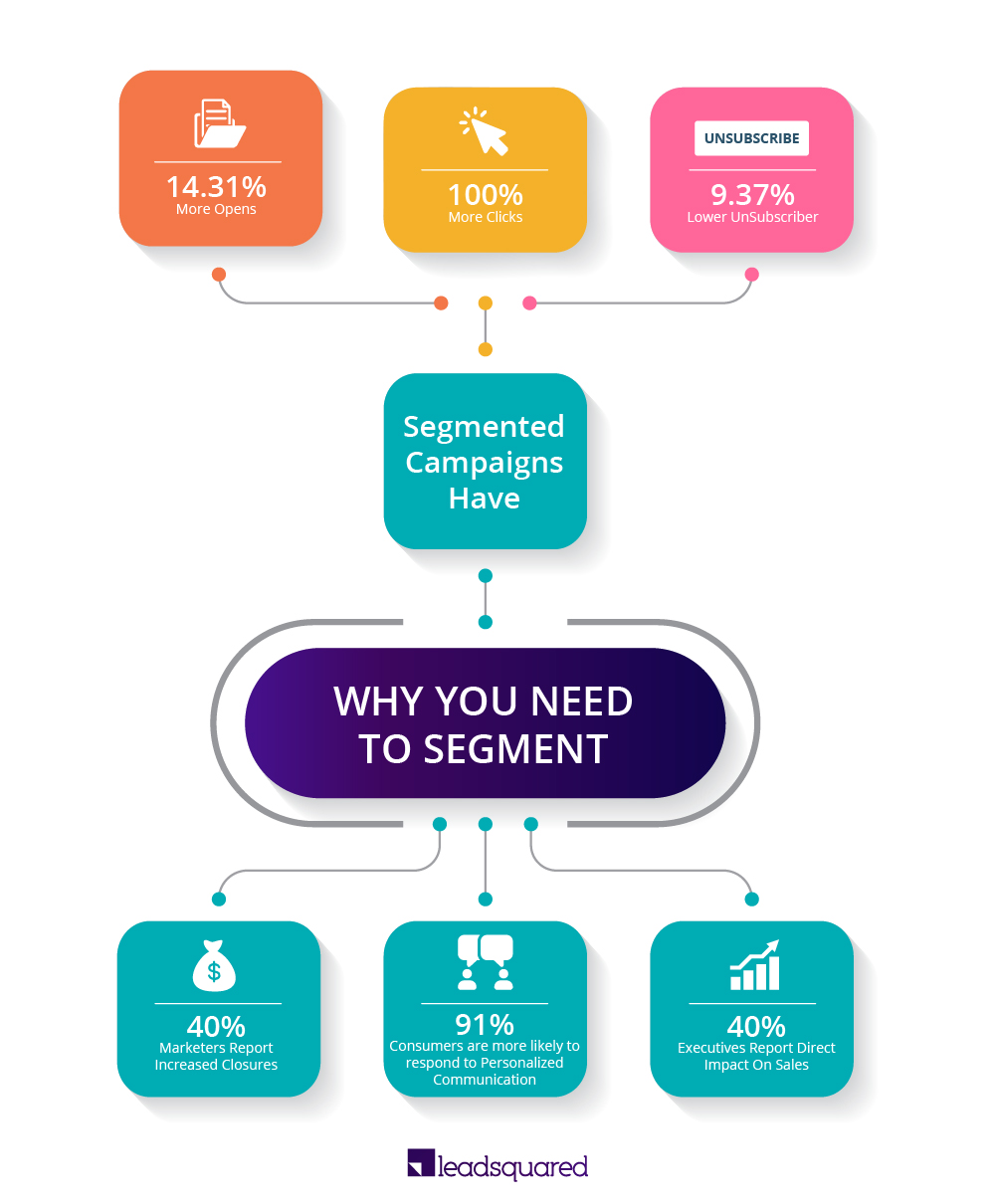Despite what you may have heard, email hasn’t sung its last song. In fact, more emails are being sent today than ever before, with 293.6 billion emails being passed through the airwaves each day! And that number is expected to grow.

And it’s not just the typical business memo that’s getting attention in the inbox. Studies show that for every $1 you spend on email marketing, you can expect up to $44 in return.
How can you capture a piece of this 4400% ROI for yourself?
Execution is one of the biggest components of a successful email program, and part of that execution lies in email segmentation. We’re diving into this VIP (Very Important Part) of email marketing to help you start making valuable, meaningful, and profitable connections in the inbox.
What Exactly is Email Segmentation?
By definition, email segmentation is the process of targeting your email message to a specific audience with something in common. These shared characteristics could be based on geographic location, buying behaviors, length of service, or a number of other factors (we’ll get to some examples in a moment).
By comparison, not segmenting your email list means sending the same email message to all your subscribers, regardless of their potential interest level.
So what’s the problem with this?
In today’s era of personalization, users expect companies to treat them as individuals, and it does you a favor in the process. In fact, 78% of users claim that relevant content increases their likelihood to buy. Additionally, 87% of consumers say that personalization influences how they feel about a brand.
When you send relevant and personalized content to your fan base rather than a generic email blast, you’re reinforcing your one on one relationship with them. You’re proving you know about their needs, wants, and interests, and are determined to provide them with value, not just sales messages.

Each person who ends up on your email list is there for a specific reason, and your communications should focus on those unique reasons to further the relationship.
Examples of Segmentation
Let’s put email segmentation into perspective. You can segment your list in a number of different ways, targeting everything from buying habits to favorite colors. But should you?
Like other aspects of email marketing, there’s an art to list segmentation. A good place to start is to segment your list based on the individual’s buying stage. You can develop your email message around each stage to make each connection relevant.
You can also dive deeper by segmenting based on behavior or trigger. For example, you may have emails that only go to people who attended your webinars, signed up for a lead magnet, found you on social media, or took advantage of a particular offer.
There are no hard limits to how you can segment an email list, provided your message makes sense for the subgroup you’re sending it to. The entire goal of segmentation is to create a personalized experience that gets a greater response than you would by blasting every customer with the same message.
The Case for Using Email Segmentation in Sales and Marketing
You may have already guessed that email segmentation takes extra work compared to sending one size fits all messages, but the impact of your efforts will more than outweigh the hassle.

One study from a major email marketing platform found that segmented campaigns performed unquestionably better than nonsegmented campaigns, resulting in 14.31% more opens, 100% more clicks, and 9.37% lower unsubscribes.
In addition, 40% of executives have noted their personalization efforts have had a direct impact on sales and profits, particularly in e-commerce. Marketers have reported a 20% increase in sales with personalized experiences, while 91% of consumers admit they’re more likely to buy from a brand or company that provides relevant, personalized recommendations.
In short, if you’re not currently using email segmentation in your sales and marketing strategy, you’re missing out on a major opportunity to grow your brand image, increase sales, and connect with your customers in a way that no one size fits all message ever could.
How to Do Email Segmentation the Right Way
Even though 92% of marketers report using personalization in their efforts, more than half admit they don’t feel they have enough customer data to properly create unique experiences. And for the customer data they do have, there’s not always an easy way to sort through it and turn it into usable insights for segmentation.
LeadSquared’s comprehensive sales and marketing platform helps remove much of the guesswork from list segmentation to help you capitalize on more opportunities. We’ve made it easy to segment your emails using anything from buying triggers to website behavior and can help you automate your email marketing so you never miss a chance to build meaningful connections.






